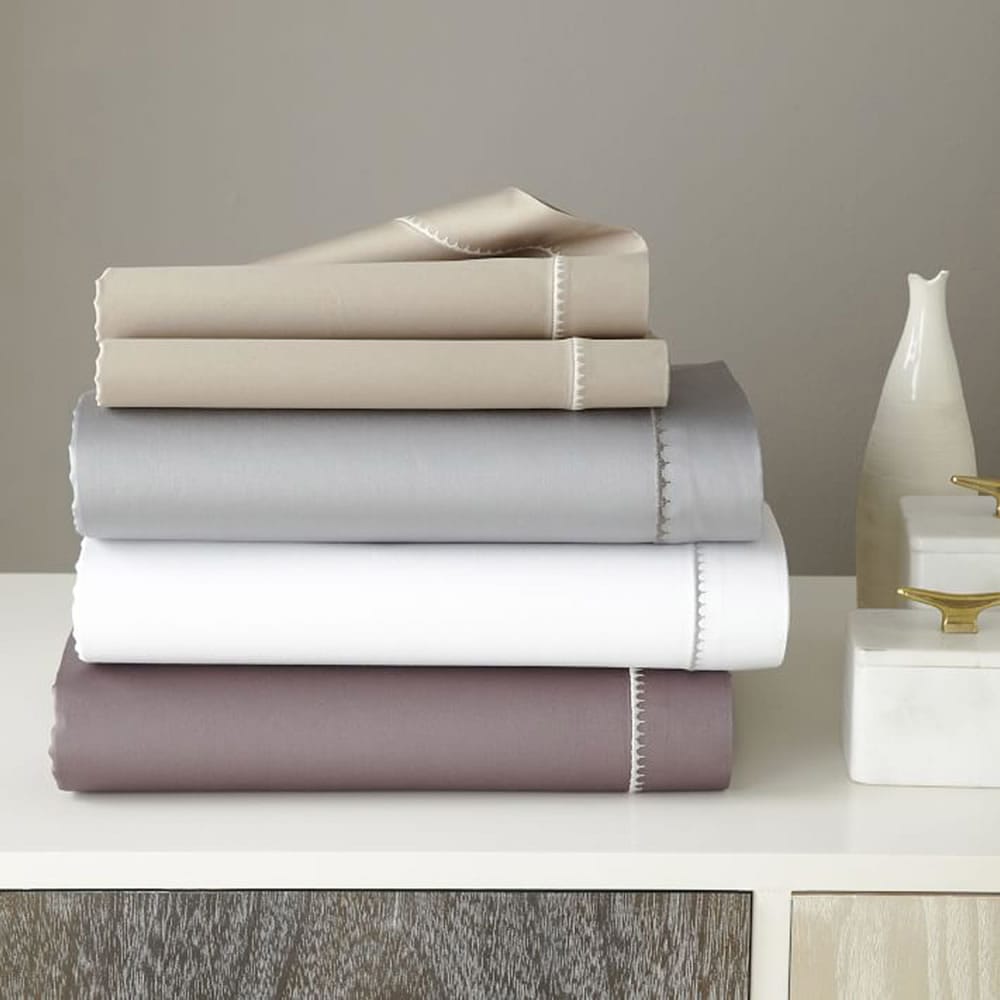January is the ideal time of year to buy new bedding. Ever since John Wanamaker — founder of Philadelphia’s famous Wanamaker’s department store — introduced the first-ever “white sale” in 1878 as a marketing strategy, retailers have blanketed the month in deep discounts. Unsure of what to look for when purchasing nice new linens? We rounded up a few tips.
• Figure out your fiber. A polyester-cotton blend is affordable, durable and less prone to wrinkling, but 100 percent cotton in a long-fiber variety is considerably softer and cooler and won’t pill like short-fiber cotton. Any all-cotton sheet will be pricier than a blend but not as expensive as fine linen sheets, which can last for decades.
• Think about your thread count (but not only that). Thread count refers to the number of threads woven into a square inch of fabric. A higher number — i.e., 250-300 — yields a softer and smoother sheet. Some experts say to choose at least 200 for pure cotton (or 220 for poly-cotton blends), but be wary of anything over 400. Only so many threads can fit into a single square inch, see — 400 is the max — but some companies sell 1,000 thread count sheets by using multi-ply threads and a little creative math. Ultimately, the quality of the thread and how it’s made is more important than the count.
• Buy individual sheets rather than sets. Sets tend to be more expensive than marked-down individual sheets, whether fitted or flat. Plus, they can be easily mixed and matched with pillowcases and duvet covers.




